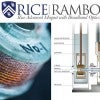
Rice’s RAMBO-II: A sequel better than the original
First-of-its-kind spectrometer is getting stronger magnets, wider range of lasers.

Rice’s RAMBO-II: A sequel better than the original
First-of-its-kind spectrometer is getting stronger magnets, wider range of lasers.

Small quake clusters can’t hide from AI
A deep learning algorithm developed at Rice University analyzes data from a deadly landslide in Greenland to show how it may someday predict seismic events like earthquakes and volcanic eruptions.

Oden named Biomedical Engineering Society fellow
Professor Oden is director of the Oshman Engineering Design Kitchen and co-director of the Rice 360˚ Institute for Global Health.
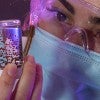
Heart attack damage reduced by shielded stem cells
Bioengineers and surgeons from Rice University and Baylor College of Medicine have shown in rodents that a four-week shielded stem cell treatment can reduce damage caused by a heart attack.
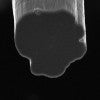
No limit yet for carbon nanotube fibers
Rice University researchers report advances in their quest to make the best carbon nanotube fibers for industry.

Engineers enlist fungi to advance against disease
Rice University engineers find the mechanism in fungus that produces a potential drug scaffold. The National Institutes of Health awards a multiyear grant to the lab to continue its work.

Rice alumna Villalobos earns White House mentoring award
Maria “Cristina” Villalobos, a Rice graduate in computational and applied mathematics (CAAM), has received the Presidential Award for Excellence in Science, Mathematics and Engineering Mentoring from the White House Office of Science and Technology Policy.
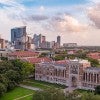
FDA OKs manufacturer’s version of Rice ventilator
An enhanced version of the ApolloBVM designed by Rice University engineers has received Emergency Use Authorization (EUA) by the U.S. Food and Drug Administration as an emergency resuscitator for use during the COVID-19 pandemic.

Galveston Bay Park is a 'vision' of Houston's future
An ambitious plan to shield Houston from a devastating hurricane by creating Galveston Bay Park, a 10,000-acre public park on a chain of man-made islands, earned top honors in the international design competition Houston 2020 Visions.

Rice researchers helping to ready vote-by-mail system for November
Rice University researchers have won a federal grant to validate and improve VotingWorks' open-source vote-by-mail technology in time for November's election.
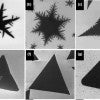
Study: Mapping crystal shapes could fast-track 2D materials
Materials scientists at Rice University and the University of Pennsylvania are calling for a collective, global effort to fast-track the mass production of 2D materials like graphene and molybdenum disulfide.
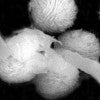
Better wastewater treatment? It’s a wrap
A shield of graphene helps particles destroy antibiotic-resistant bacteria and the free-floating genes in wastewater treatment plants.

Cells may tell if arthritis flare-ups are coming
Rice computer scientist Vicky Yao and colleagues find unique early warning marker

Rice lab helps power electric car research
Rice University researchers will contribute to a new project to make better batteries for electric vehicles.